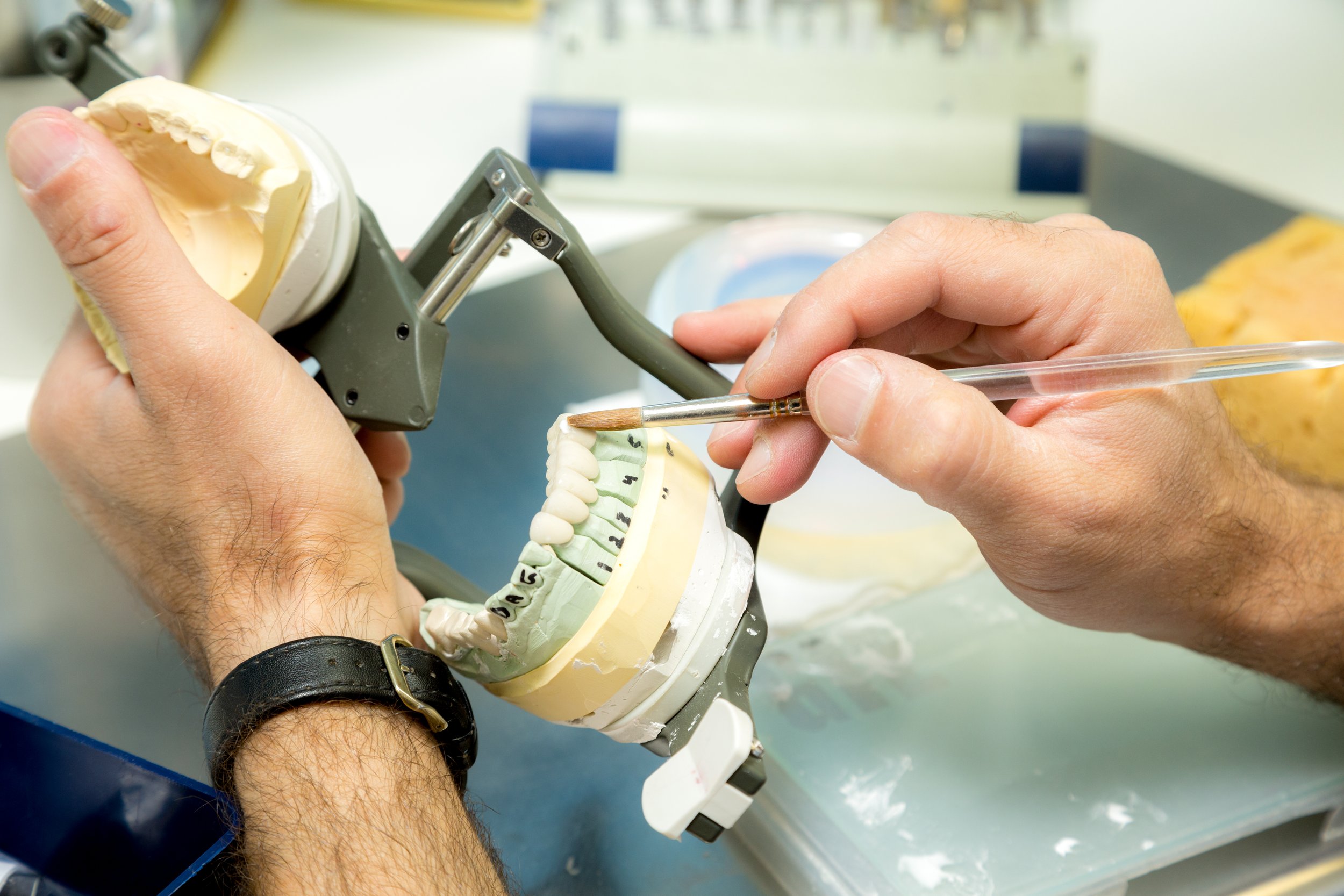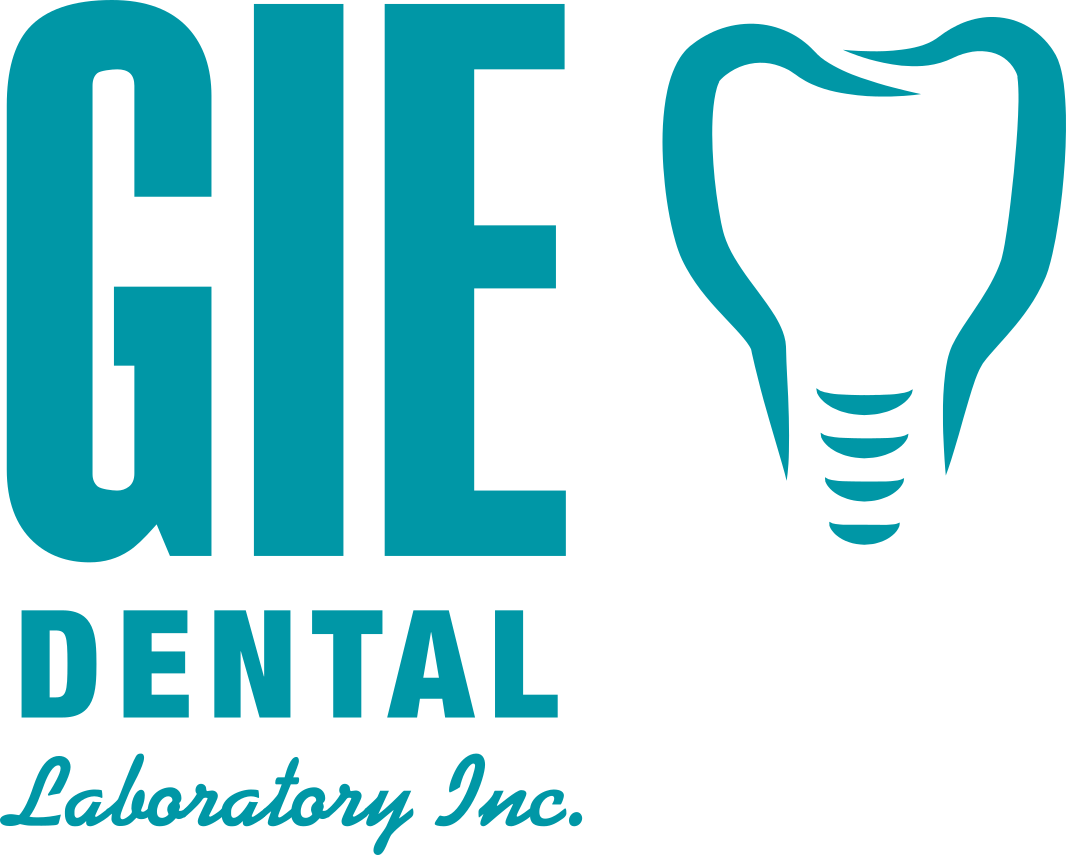
Surgical Guide
Surgical guides rely on a combination of advanced imaging technology, computer software, and 3D printing. The process typically involves the following steps:
1. Digital Imaging: Advanced diagnostic tools, such as cone beam computed tomography (CBCT), capture detailed 3D images of the patient's oral structures. These images provide a comprehensive view of the patient's teeth, bones, nerves, and surrounding tissues.
2. Virtual Planning: Using specialized software, dental professionals analyze the digital images and plan the surgical procedure with meticulous precision. They can manipulate the 3D models to simulate the intended outcome, ensuring optimal implant placement and surgical approach.
3. Guide Design and Fabrication: Once the virtual planning is complete, a surgical guide is designed using the digital models. Using state-of-the-art 3D printers, these guides are then fabricated to exact specifications. The resulting surgical guide perfectly matches the patient's dental anatomy and the surgical plan.
4. Surgical Phase: During the surgery, the surgical guide acts as a navigational tool, guiding the dental professional in precisely placing dental implants, performing bone grafts, or any other surgical procedure. The guide ensures accuracy, minimizes the risk of errors, and enhances the overall efficiency of the surgery.
Benefits of Surgical Guides
The adoption of surgical guides has significantly transformed the dental landscape, offering numerous benefits to both dental professionals and patients:
Enhanced Precision: Surgical guides allow for highly accurate treatment planning and execution, ensuring the exact placement of dental implants and other surgical techniques. This precision leads to improved aesthetics, functional outcomes, and overall patient satisfaction.
Improved Safety: With surgical guides, the risk of accidental damage to vital structures, such as nerves and blood vessels, is minimized. Dental professionals can confidently perform complex procedures with greater safety and reduced patient discomfort.
Time Efficiency: The use of surgical guides streamlines the surgical process, minimizing the time required for planning and executing complex procedures. This efficiency benefits both dental professionals and patients, reducing treatment time and allowing for quicker recovery periods.
Personalization: Surgical guides are custom-made to fit each patient's unique anatomy, ensuring an individualized approach to treatment. Personalization leads to better results and increased patient confidence.



